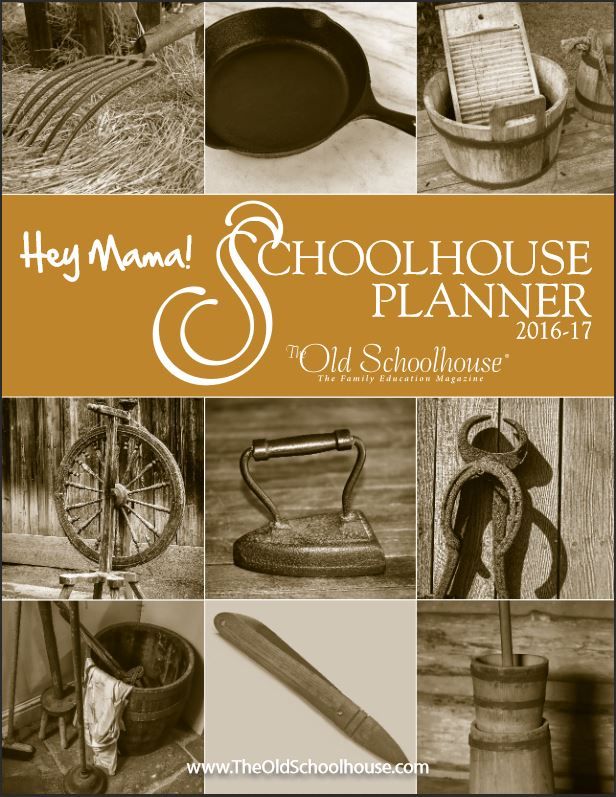 When I plan my school year, I typically start by spending a bajillion dollars on curriculum. When we first started, I custom-made a lot of my own stuff to go along with a memory-based program we were using, but when I got sick, I started trading more money for less of my time on that front. I've been very fortunate to be gifted curriculum as friends outgrow it, and to find it used, so that's always a plus when it happens. Each child needs math, science (determined by our coop), history, language arts (reading, spelling, grammar, writing), foreign language (we do Arabic), music, physical education, and any specials they are doing (such as typing, handwriting, art, and computer science). Once I have all of that, I put it in a laundry basket.
When I plan my school year, I typically start by spending a bajillion dollars on curriculum. When we first started, I custom-made a lot of my own stuff to go along with a memory-based program we were using, but when I got sick, I started trading more money for less of my time on that front. I've been very fortunate to be gifted curriculum as friends outgrow it, and to find it used, so that's always a plus when it happens. Each child needs math, science (determined by our coop), history, language arts (reading, spelling, grammar, writing), foreign language (we do Arabic), music, physical education, and any specials they are doing (such as typing, handwriting, art, and computer science). Once I have all of that, I put it in a laundry basket.I did not say that this was a high-tech method of planning.
Then the goal is to determine what activities we'll have next year- for example, I outsource music education, so piano lessons or choir will have to be scheduled in. Our science coop meets on every other Friday, but not in December, so that gets factored in. Then I'm ready to actually start planning. I usually follow the suggested scope and sequence for each program, deciding how many hours a week we'll devote to each subject to determine what needs to be done each day to finish school in the time we work (Full school is August-May, we do reading and mathematics year-round).
This is where my planner comes in. I've used lots of different methods, everything from a cheap $5 planner from the store to a spreadsheet on the computer. The method I've found I love the most is planning the whole year on a spreadsheet and then transferring my lessons for the week into my physical planner. I realize that this sounds like double the work, but summer planning doesn't keep what I'm teaching each week fresh, so I'd rather spend a little time on Sunday night writing in what I'm doing the next week so that I know what we're working on and any special setup or supplies I need. That hour or so of time on Sunday night I spend prepping for the week helps my days to run smoothly as I print out any worksheets, make any copies, and do any additional prep or research that I need. This method also makes it so that if something goes wrong (and it always does) I haven't "messed up" my whole planner. If someone gets the flu, struggles with a math concept, the Arabic tutor goes on vacation, or whatever, I am able to easily bump things in my spreadsheet, erase the incorrect day or two, and move on like nothing ever happened.

So, what makes this planner worth $29 (which includes shipping)?
The extras. They're what not only encourage you through your year (I don't care if you homeschool or don't, that last week before winter break is a bear and a half! And February. Who decided that dreary month should be a thing?) The Hey Mama! Planner includes devotionals, writing prompts, story ideas, and my favorite, even timelines of colonies, inventions, states, and more. What makes it especially useful for homeschool moms are the attendance tracker, notes for transcripts, and weekly/monthly goals.
Why's it called the "Hey Mama" Planner? Because it talks to you in that "hey, girl" kind of way! Here's a sample:
With plenty of space to write and track everything you need as a homeschooler, I think you'll love the "Hey Mama! Print Schoolhouse Planner. I also very much appreciate that this planner runs from July, so if you are year-round like we are, you won't have to switch mid-school year to a new planner, which drives me batty!
Want to read what other Mamas like about this planner? Check it out below.




No comments:
Post a Comment